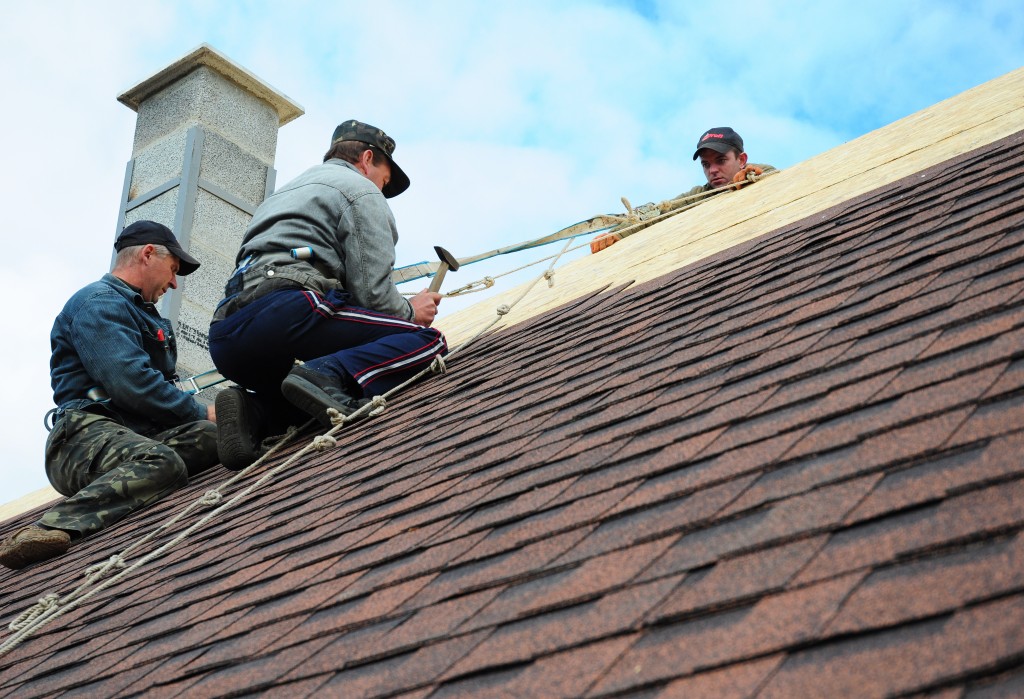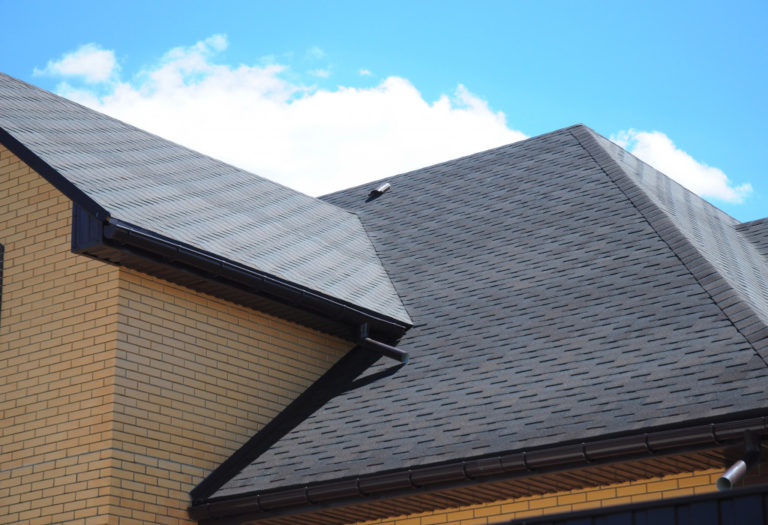No matter where we are, we’ll need a roof over our heads to keep us safe from danger, natural calamities, and harsh weather conditions. Since the roof is the first barrier separating us from the harsh reality of the outside world, it’s designed to last decades and in almost any weather condition. But although it might seem impenetrable to the elements, roofing materials like shingles can easily be broken by anybody that treads on the roof or natural phenomena like hailstorms.
Annually, hailstorms are responsible for around billions worth of damages to properties and structures. As most of us know, our roof is the first line of defense against this phenomenon and can be especially hard on roofs. However, hailstorms can easily devastate these types of roofing and can even get through thin and flimsy structures to the point that it can easily hit someone inside the home.
As such, it’s only appropriate that you ensure that your roof is sturdy enough to withstand impact resistance.
How Do You Know It’s Impact Resistant?
Most shingles and building materials are tested in a controlled environment to ensure that it can withstand kinetic energy for hail and debris that might be picked up by tornadoes. Some of the most flimsy materials will have a rating of one, while those that can easily absorb impacts will have an impact rating of class 4.
Some roofing materials that can easily ensure that your roof will be in good condition are:
- TPO roofing
- Slate tile shingles
- Metal panels and pre-fabricated roofing
- Asphalt shingles
But no matter how resistant your roof can be to impacts, it will eventually get scratched, dented, and damaged by hail. Although the damage on your roof is only at a minimum, hail can still cause much of your roof and building materials to look unsightly from superficial damages.
Even cars aren’t safe from hailstorms. Whether your car was dented from a traffic accident, hailstorms, or flying debris, there are always paintless dent repair services that can help bring back the shine and finesse your car had before getting such damages.

Factors to Consider
Right off the bat, the process of installing and replacing your roof is a major commitment, especially when some roofing projects can take weeks to finish while costing thousands of dollars. Not only will it cost an exorbitant amount of funds, but it also needs to be done as soon as possible, since weather conditions can easily take a turn for the worse, even when people are working on your roof.
So what are some factors to take into account when choosing the right material for your roof? Here’s what you should consider:
Budget
First and foremost, you’ll need to compartmentalize the budget that you’ll invest in your roof. Naturally, not everyone will have the same budget, which can affect what you can afford for your roof. You don’t really need an expensive roof since budget-friendly roofing that’s already sturdy, such as shingle roofs, will already do.
Value
If you’re planning on selling your home, impact-resistant roofing is a great way of increasing your home’s value. After all, the roof of your home should be able to withstand almost all types of weather conditions.
Having a home that’s resistant to high-velocity impacts such as hail and other forms of debris can easily fetch a higher resale value than homes that have flimsy and vulnerable roofing. Still, it’s important to consider the general aesthetic of your home when choosing a roof. Having a fine balance between durability and design can help attract potential buyers and customers. Again, safety should always be your priority when choosing a good home.
General Appeal
While you might have a durable and impact-resistant roof, you’ll still need to ensure that your roof is at least presentable to your neighbors and aesthetically pleasing. There’s really no one way of “designing” your roof, and this will depend on the architectural type of your home.
You might have to consider your personal preference, the resale value (if you’re planning on selling it), and potential discounts that might avail for getting the necessary paint.
Your General Area
Finally, the general area of your home will determine whether you should get impact-resistant roofing or not. Does your area rain hail most of the time? Is it in the path of tornadoes? Is it an area that’s prone to hurricanes? These are just some questions that you’ll need to ask yourself right before buying impact-resistant roofing.
Sturdy and long-lasting building materials aren’t really the cheapest in the market, and if you’re going to buy impact-resistant materials in an area with calm weather conditions, you might not get any bang for your buck.
There are a variety of impact-resistant roofing materials that you can choose from. Still, you’ll need to weigh in on different factors right before you do pick the right materials for your roof. Again, safety should always be your top priority, and the best way of ensuring that is by getting high-quality materials that can withstand impacts.




